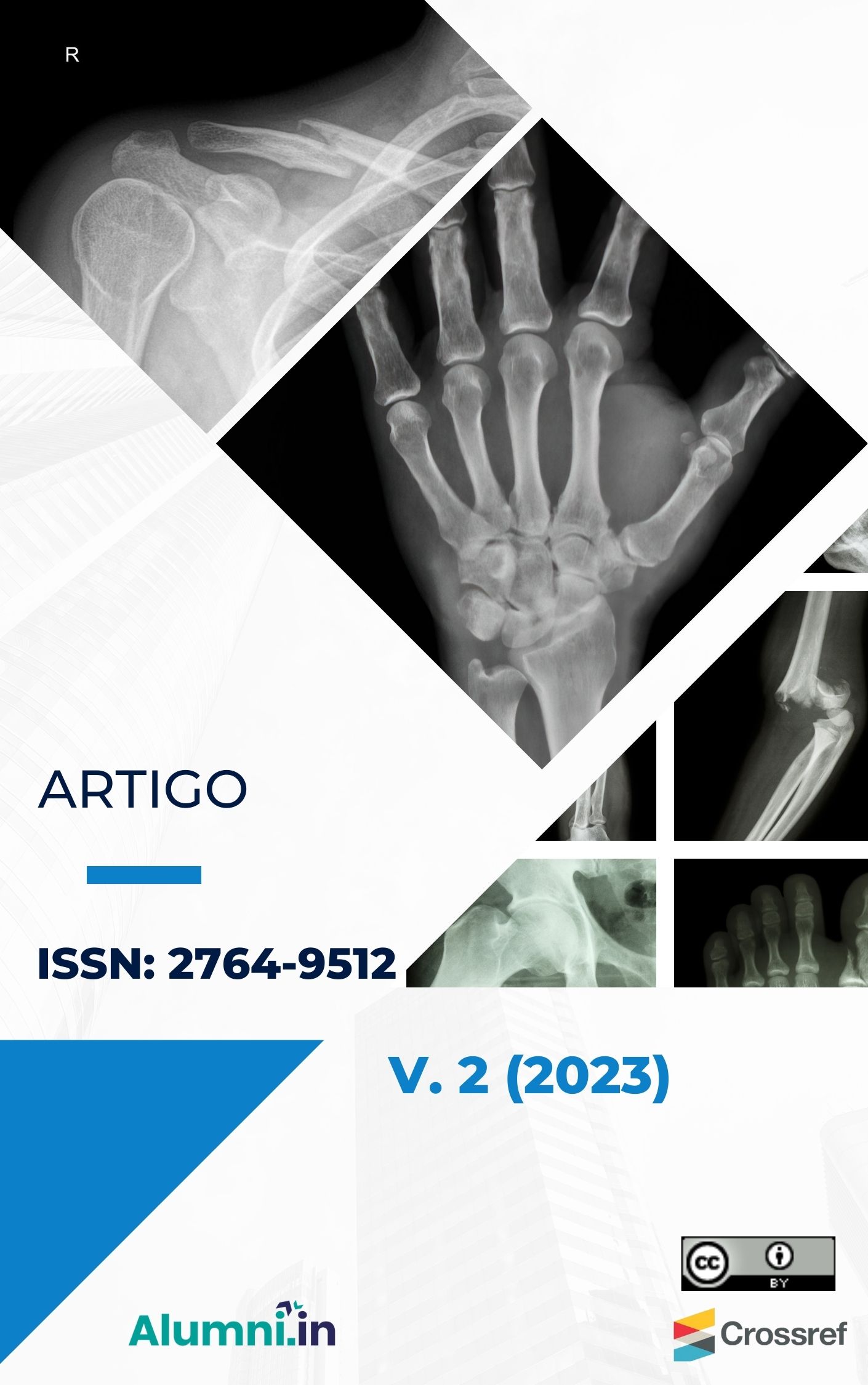Abstract
Background: Proximal femoral fractures are the most common involving the hip joint. Recording clinical data on fractures corrected by the pinning technique would help in understanding the development, outcome and prognosis of surgery.
Aim: To guarantee the efficiency of the treatment of femoral neck fractures with the percutaneous pinning technique.
Method: Data were collected from the patients' medical records, including age, side affected, sex, time from trauma to surgical treatment, classification of the lesion, and whether surgical re-approach was necessary. Patients with femoral neck fractures from September 2010 to September 2020 were included in the sample.
Results: 43 patients were studied, mostly women, aged between 50 and 65 years. The time elapsed between fracture and surgery was, on average, 48 hours. Regarding the classification of fractures, 20 patients were Garden III (46.5%), characterizing a complete fracture with misalignment of the trabeculae of the neck with the acetabulum. By the AO classification, 27 31B2 cases (63%) were observed, characterized by the presence of transcervical fracture in the femoral neck. The success rate of neck pinning surgeries was 65% (28 patients). Regarding the 15 patients who required reoperation (35%), in 5 it occurred between six months and one year of follow-up, in 3 it occurred between one and two years, and in 7 it occurred after two years.
Conclusion: Most of the patients operated on in our Service were elderly women with Garden III fractures, who were operated on approximately 48 hours after the traumatic event. Only a minority of patients required reoperation, especially after two years, the main reasons being the occurrence of osteonecrosis of the femoral head, pseudarthrosis and cut out. The authors draw attention to the high prevalence of fractures in the elderly, as well as their risks and complications, taking into account the data reported in this survey.
References
BÄCKER, H. C. et al. Epidemiology of proximal femoral fractures. Journal of Clinical Orthopaedics and Trauma, v. 12, n. 1, p. 161–165, jan. 2021.
CHAN, G. et al. Inter- and intra-observer reliability of the new AO/OTA classification of proximal femur fractures. Injury, v. 52, n. 6, p. 1434–1437, jun. 2021.
FISCHER, H. et al. Management of proximal femur fractures in the elderly: current concepts and treatment options. European Journal of Medical Research, v. 26, p. 86, 4 ago. 2021.
KARACHALIOS, T. S.; KOUTALOS, A. A.; KOMNOS, G. A. Total hip arthroplasty in patients with osteoporosis. Hip International: The Journal of Clinical and Experimental Research on Hip Pathology and Therapy, v. 30, n. 4, p. 370–379, jul. 2020.
KAZLEY, J. M. et al. Classifications in Brief: Garden Classification of Femoral Neck Fractures. Clinical Orthopaedics and Related Research, v. 476, n. 2, p. 441–445, fev. 2018.
RAM, G. G.; GOVARDHAN, P. In-Hospital Mortality following Proximal Femur Fractures in Elderly Population. The Surgery Journal, v. 05, n. 2, p. e53–e56, abr. 2019.
SIVAKUMAR, A. et al. Reoperation rates after proximal femur fracture fixation with single and dual screw femoral nails: a systematic review and meta-analysis. EFORT Open Reviews, v. 7, n. 7, p. 506–515, 1 jul. 2022.
ZHU, W. et al. Deep Learning Improves Osteonecrosis Prediction of Femoral Head After Internal Fixation Using Hybrid Patient and Radiograph Variables. Frontiers in Medicine, v. 7, p. 630, 2020.

This work is licensed under a Creative Commons Attribution 4.0 International License.
